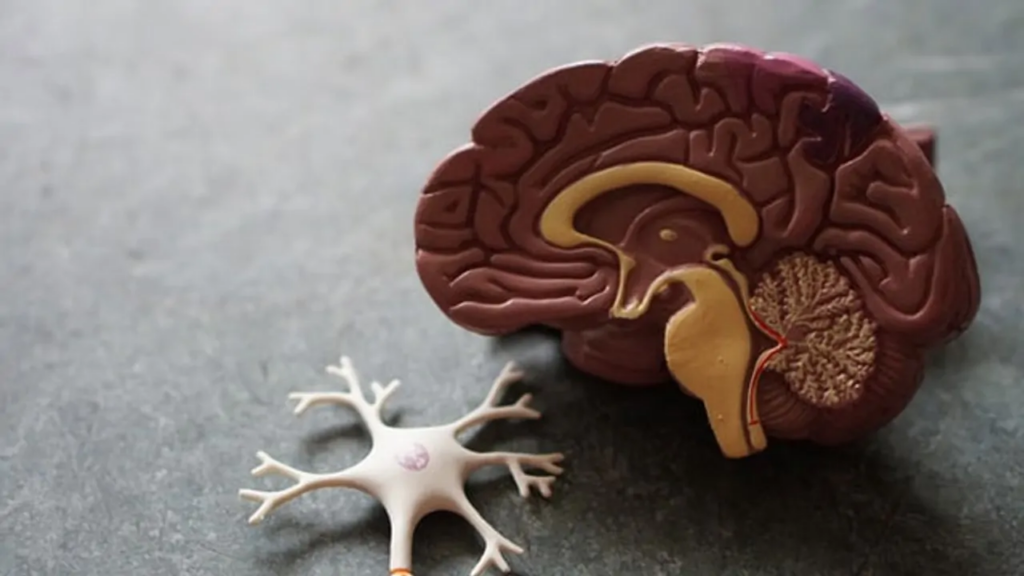Jumping Genes Alzheimer’s Inflammation 2023

The University of Texas at San Antonio has identified a molecular mechanism that leads to abnormal RNA production in Alzheimer’s disease and progressive supranuclear palsy, a rare brain disorder.
The abnormal RNA behaves similarly to viral infections’ inflammatory triggers. The research article is published in Science Advances.
Jumping genes
- Jumping genes, or transposable elements, are DNA segments between 100 and 10,000 base pairs that may reproduce inside the genome. Retrotransposons “copy and paste” to reproduce via an RNA intermediary, whereas DNA transposons “cut and paste” to relocate the element to a new position in the genome.
Tau drives neuroinflammation – but how?
Alzheimer’s disease and progressive supranuclear palsy are characterized by a toxic accumulation of tau protein aggregates, which can have a deleterious impact on genomic and cellular architecture. Tau can stimulate so-called “jumping genes” to replicate in new regions of the genome.
New research indicates that as tau-induced retrotransposons spread throughout the genome, they function similarly to retroviruses, forming a double-stranded RNA intermediate and promoting neuroinflammation.

A new area of study is transposable elements.
“Transposable elements represent a new area of interest in Alzheimer’s disease research. Dr. Elizabeth Ochoa, the author of the new study, stated, “Our study provides new insight into how they can drive the disease process in addition to their jumping ability.”
“These double-stranded RNAs appear to the immune system as a virus, despite the fact that the leaping genes are part of our normal genome.
Researchers discovered an accumulation of double-stranded RNA and double-stranded RNA sensing apparatus in postmortem tissue samples from the brains of patients with Alzheimer’s disease and patients with progressive supranuclear palsy.
The team then utilized a fruit fly model of tauopathy to determine which retrotransposons are induced by tau accumulation.
“We discovered substantial deposits of double-stranded RNA in astrocytes, which provide metabolic support for neurons, regulate neurotransmitters, and maintain the integrity of the blood-brain barrier,” said Dr. Bess Frost, the paper’s senior author.
“In aging and disease, astrocytes respond to neuronal environment injury and disruption. Our findings shed light on astrocyte biology and their function in transposable element regulation.”
“As we are currently targeting jumping gene activation in a local Phase II clinical trial for patients with Alzheimer’s disease, it’s important to understand the full repertoire of toxic molecules, including double-stranded RNAs, that jumping genes produce,” she continued.
